
Egg Prices in California Soar to $9 per Dozen
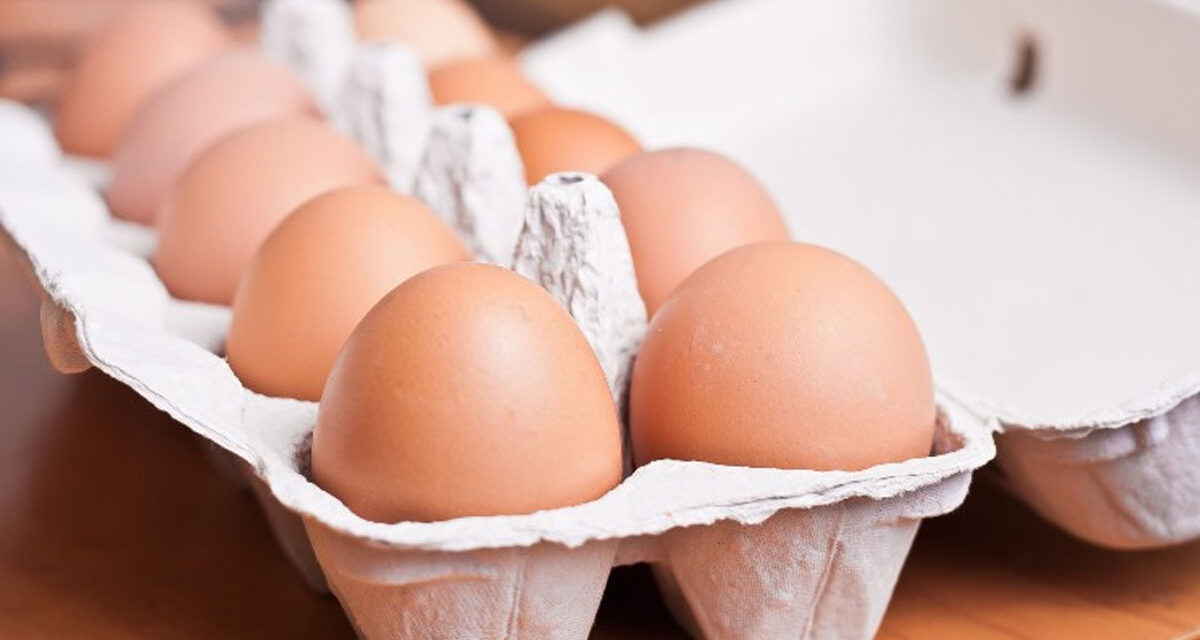
In recent months, Californians have been shelling out nearly $9 for a dozen eggs, with some stores listing prices even higher. The sharp increase has sparked debate over the root causes: is it inflation, Democratic mismanagement, or the devastating effects of bird flu on poultry flocks? The reality is a complex mix of these factors, with experts and commentators weighing in on who or what is truly to blame.
The Bird Flu Crisis: A Major Supply Disruptor
The U.S. Department of Agriculture (USDA) points to the highly pathogenic avian influenza (HPAI), commonly known as bird flu, as a significant driver of skyrocketing egg prices. In December alone, California reported nine major outbreaks, resulting in the culling of nearly 6 million egg-laying hens. Merced and Stanislaus counties were particularly hard-hit, with over 1.7 million birds lost in a single outbreak.
Kevin Bergquist from Wells Fargo Agri-Food Institute highlighted that the timing of these losses, coinciding with the holiday season when egg demand peaks, exacerbated the supply crisis. According to USDA data, national egg production dipped by 4% in November, pushing wholesale egg prices up by 55%.
Inflation and Economic Policy: Adding Fuel to the Fire
Critics of the Biden administration point to broader inflation trends as another culprit. Under Biden’s presidency, grocery prices have surged, with eggs leading the charge. The Consumer Price Index reported an 8.2% increase in egg prices in November alone. Economists argue that inflationary pressures—rising feed costs, transportation expenses, and labor shortages—have compounded the bird flu crisis, creating a perfect storm.
Brian Brenberg, co-host of The Big Money Show, emphasized on Varney & Co. that inflationary policies and regulatory hurdles have made food staples like eggs increasingly unaffordable for ordinary Americans.
California’s Unique Regulatory Environment
California’s strict animal welfare laws, which mandate cage-free egg production, have also played a role in limiting supply and raising costs. Suppliers must meet higher standards, which increase production expenses. Brian Moscogiuri from Eggs Unlimited noted that shortages are particularly acute for cage-free eggs due to these state-specific regulations.
Political Voices Weigh In
The issue has become a talking point across political aisles. Conservatives argue that Democratic policies—ranging from excessive regulations to slow responses to the bird flu outbreak—have worsened the situation. Meanwhile, Democrats point to external factors, such as global supply chain disruptions and the bird flu epidemic, as the primary drivers.
Governor Gavin Newsom declared a state of emergency to address the bird flu crisis, aiming to boost response efforts and stabilize egg supplies. However, critics argue that these measures came too late to prevent the worst of the price hikes.
Experts predict that egg prices are unlikely to return to pre-crisis levels until at least mid-2025, assuming no further outbreaks occur. The U.S. egg-laying flock remains below 300 million hens, the lowest since the 2022 bird flu epidemic.
ACZ Editor: California’s stupidity has once again cost its citizens money.






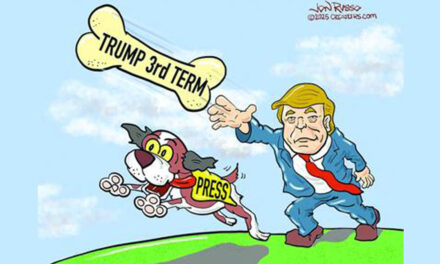



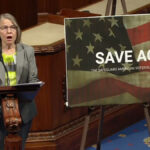
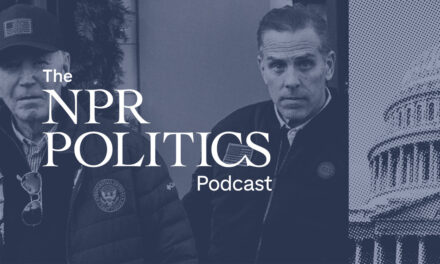












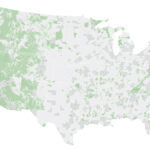

Thank you very much. I don’t know how to express my gratitude for the democrats
More proof that a once great state has “gone to hell in a hand basket”. My father saw this clear back in 1968 and we lived in the more sane part of the state.
Only a PBP author blames anything beyond bird flu for this. It’s been since 2023 so wonder how long it will take the author to buy a clue
As of November, US inflation is 2.7% – the author spins illogically. In CA, you have inflation and bird flu: wanna guess which one comes first: inflation or the egg? Does the egg cause inflation or does inflation cause the egg. The author is a yolk.
Here’s the price of eggs. Oh glory, there are up everywhere. More up in RED STATES than blue. Go figure.
*https://worldpopulationreview.com/state-rankings/egg-prices-by-state*
The “unique regulatory environment” is not unique: BUSTED. The author alludes to the cage-free environment which is CA law and a major cost factor. However, CA just enacted this law in 2022, bird flu hit in 2023. Some state that the State is better off that the chickens have 67 square inches a space as legs and wings atrophy over their short lives of about 1.5 years. Cage free have 144 square inches of living space and can range free for 5 – 10 years. The first state to force caged free for all eggs was 2016 and no one have reverse it. *https://www.humanesociety.org/blog/40-percent-hens-eggs-cage-free-united-states*
Truly up to the voter, ultimately, but most voters and most states are moving in this direction.
“ACZ Editor: California’s stupidity has once again cost its citizens money.” I think the ACZ un-editor just claimed that all of CA is stupid for “California voters passed Proposition 12 in 2018, which requires all eggs sold in the state to come from cage-free hens by January 1, 2022.” And by extension, ACZ feels Arizona, California, Colorado, Massachusetts, Michigan, Nevada, Oregon, Rhode Island, Washington, and Utah are stupid too. I guess Nevada and Michigan red states in 2024 is stupid; red Utah is a bunch of dumb-dumbs too. Or the ACZ editor has once again cost it’s reader’s the truth through it’s own stupidity. Editors are supposed to fact check, not spin.
And yet, in other states, eggs are only half that (albeit double the price from before Biden’s inflation took hold). Yet California is special.
Bird Flu has been around for 4 years ever since a Lame Duck Sick Bird
entered the White House!
Darren and Joe, except for dates and $$$$, good points.
First, Darren, bird flu been around for over 40 years, not just for Biden’s time; this round of egg-production-affecting avian flu was late 2023 affecting production starting in Spring of 2024. Isn’t that when Trump announced his candidacy :>) Then, in CA, “In December (2024) alone, nine confirmed cases of bird flu across California resulted in the culling of nearly 6 million egg-laying hens. Merced, Riverside, San Joaquin, and Stanislaus counties were the hardest hit, with Merced County losing 1.7 million birds on December 5 and Stanislaus County seeing another 1.1 million culled by Christmas Eve.”
Darren, these facts are easily found with a simple search. Here’s the 23/24 data:
*https://www.ers.usda.gov/data-products/chart-gallery/gallery/chart-detail/?chartId=109075#:~:text=However%2C%20a%20wave%20of%20highly,November%202023%20to%20January%202024.*
And here’s the December 2024 news for CA on the latest culling of the birds: *https://www.newsweek.com/eggs-prices-surge-california-economy-2008282* Note how the article details that Xmas is high demand for eggs, so, the author, Joe, and I missed that. Now we have less chickens, less eggs, cage-free laws taking affect, plus increased demand —– the perfect storm. And may last 3-6 months. As the first chart indicates, the initial price increase lasted less than 3 months.
To Joe’s point, yes eggs are cheaper in other places than CA. Lots of things are. Eggs are more expensive in FL and Alaska than CA, until this shortage. The most expensive egg State in the USA is Hawaii, always has been. Even with the CA crisis, still is. Pretty pricey from CA to TX, and across the Southeast of the country too.
Yes, CA is expensive. And special. As is your Florida for certain things. NJ ain’t no bargain basement either. Yes eggs are really suffering. But my point was there’s a pretty straight line from flu to production with increased holiday demand, a little hoarding, layered on top. Probably a 3 – 6 month recovery, more likely closer to 3 and it affects the entire Southwest, not just CA. The author’s lament about regulations and inflation seem unfounded. Certainly, the author, Joe or Darren has not supported that contention with any legitimate evidence.
Yes, cage free costs more than keeping them in 67 square inches with atrophied wings and legs, to live just over a year before they are trashed. I have, and will continue to pay that. I still eat meat, but try to use humane sources whenever I can. Amazingly, the quality is quite often better. Just had my best ground beef in 70 years last year from humane source. Chicken farmers co-op with them, go figure. Looking for pork supplier, but have chicken and beef improvements. Will note that getting older, eating less, makes paying a bit more almost invisible. Just like when I went to low fat and discovered you get more meat when it has less fat. Even more if you use soy. A pound of soy crumbles = a lb. fried. Meat, even low fat, cooks down. Again, while I like the results, I am not sure this is for everyone, especially growing families. But for me, spending less while eating better and appreciate learning more about the process. I do miss veal though; that’s a bridge too far now.
I spell my name: Danger.
What makes you dangerous? Is it being around kids?